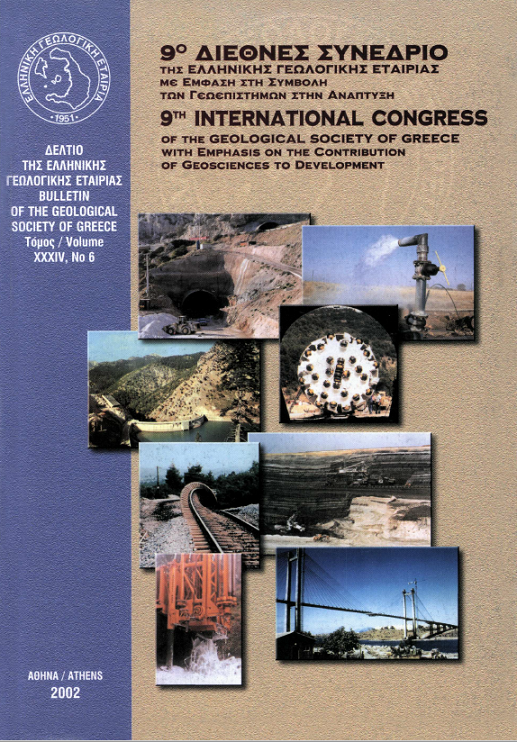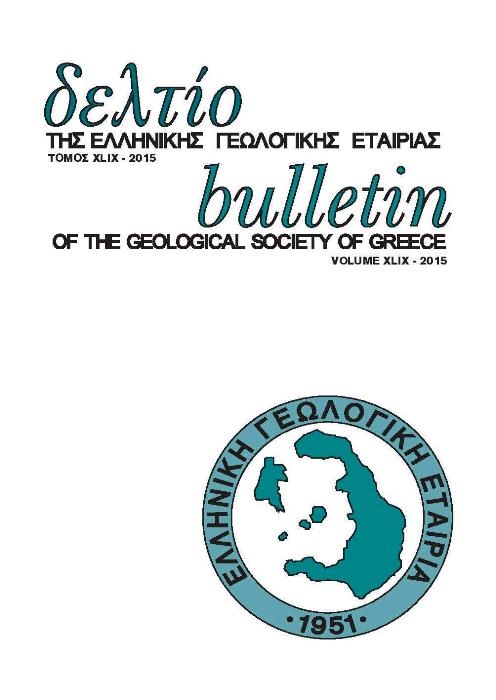GEOCHEMICAL INVESTIGATION AND MODELLING OF AN ACID PIT LAKE FROM A HIGH SULFIDATION ORE DEPOSIT: KIRKI, NE GREECE

Abstract
Open pit mining of a high sulfidation epithermal type deposit at Kirki (Thrace, NE Greece) resulted in the formation of an acid pit lake by infilling of the open cast by rain and drainage waters after mine closure. The acidic and oxidative pit lake waters show high concentrations of trace metals largely due to the high toxic metals content of the ore, the limited buffering capacity of host rocks and the direct exposure of the ore zone to weathering. The floor of the pit lake is covered by a finegrained mineral precipitate that comprises mainly detrital minerals, originating from erosion of the rocks exposed on the walls of the open pit. Secondary anglesite, several species of the jarosite-group, rozenite, melanterite, gypsum, bukovskyite, beaverite, scorodite and minor goethite are also detected. The mineral precipitate presents significant heavy metal content indicating effective removal of metals from the acidic waters. The speciation/mass transfer computer code PHREEQC-2 and the MINTEQ database were employed for geochemical modelling of the equilibrium between the acidic pit lake waters and the secondary phases of the mineral precipitate.
Article Details
- How to Cite
-
Triantafyllidis, S., & Skarpelis, N. (2010). GEOCHEMICAL INVESTIGATION AND MODELLING OF AN ACID PIT LAKE FROM A HIGH SULFIDATION ORE DEPOSIT: KIRKI, NE GREECE. Bulletin of the Geological Society of Greece, 43(5), 2417–2424. https://doi.org/10.12681/bgsg.11642
- Section
- Geochemistry and Ore Deposit Geology

This work is licensed under a Creative Commons Attribution-NonCommercial 4.0 International License.
Authors who publish with this journal agree to the following terms:
Authors retain copyright and grant the journal right of first publication with the work simultaneously licensed under a Creative Commons Attribution Non-Commercial License that allows others to share the work with an acknowledgement of the work's authorship and initial publication in this journal.
Authors are able to enter into separate, additional contractual arrangements for the non-exclusive distribution of the journal's published version of the work (e.g. post it to an institutional repository or publish it in a book), with an acknowledgement of its initial publication in this journal. Authors are permitted and encouraged to post their work online (preferably in institutional repositories or on their website) prior to and during the submission process, as it can lead to productive exchanges, as well as earlier and greater citation of published work.





